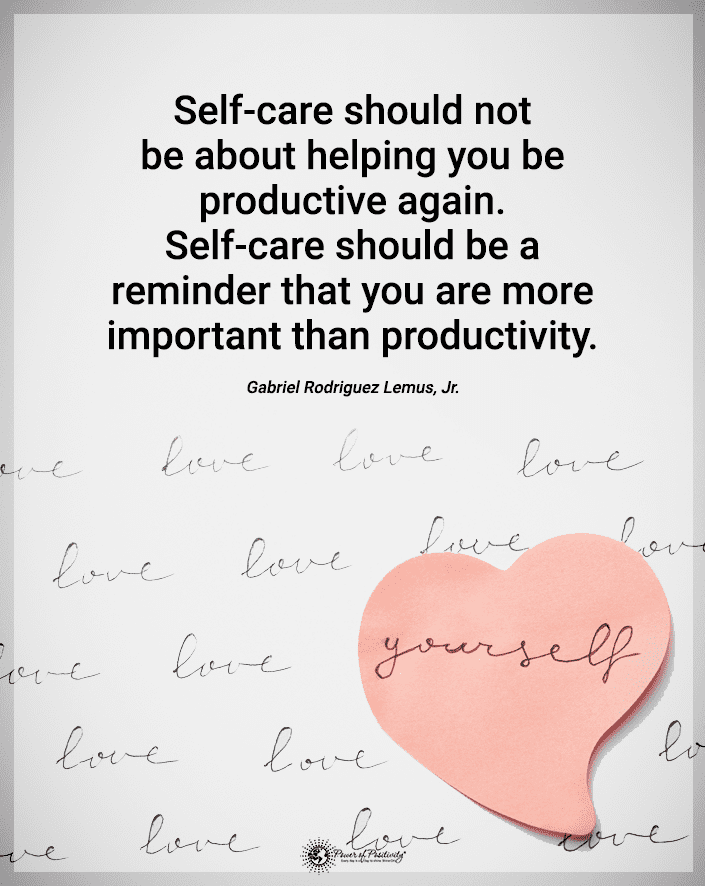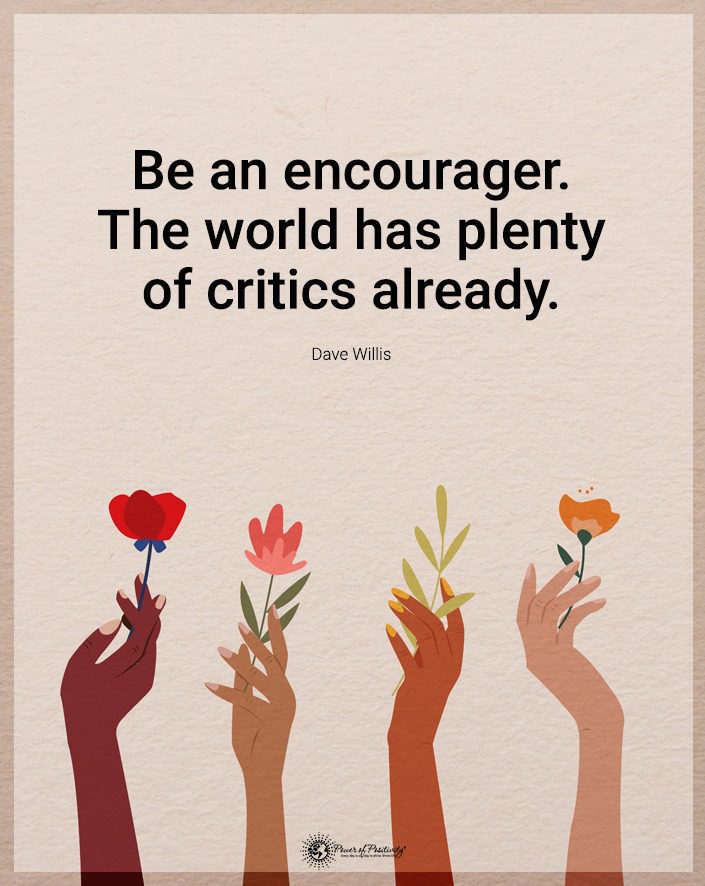A peaceful mindset can be hard to find with the daily stressors of your life. The good news is that transforming your mindset with positive affirmations is possible. Practicing positive affirmations can significantly impact one’s mental well-being and inner peace, leading to a more balanced and harmonious life.
Using positive affirmations to cultivate a peaceful mindset can improve your life in many ways. It involves repeating phrases to yourself to attract what you want and shift your thoughts and release negativity. The things you think and say affect all areas of your life because it sets the foundation for your life.
Intrusive and stressful thoughts can consume your thoughts unexpectedly if you don’t do something to foster positivity. Stress can come from all angles, including technology, the workplace, or family life. Speaking positivity can help ease negativity and allow you to cope and move forward positively.
These positive affirmations can help you obtain and maintain a peaceful mindset. Choose the ones that resonate within you for the best effects on your well-being. Start with one or two, and then you can switch it up as you feel necessary.
Affirmations for Inner Peace
Affirmations for inner peace can help you find tranquility and calm despite busy lifestyles. It can boost your mental well-being by allowing you to feel centered at every moment.
1 – I am at peace, and my mind is still.
When you tell yourself you’re at peace, you’ll be more likely to experience it. You’ll attract peaceful energy, allowing you to feel calm and improve your well-being. This phrase helps you clear your mind and release negativity as you embrace the stillness.
2 – I am surrounded by peaceful energy.
This phrase helps you find peace rather than fixating on anything else. You’ll be more likely to feel calm no matter what’s happening. The more often you repeat this phrase, the more peacefulness you’ll experience.
Peaceful Mindset Affirmations for Stress Relief
Stress happens to everyone because it’s a natural part of life. It can sometimes be beneficial for encouraging you to solve problems, but too much stress can negatively impact your mental and physical health.
Using affirmations for stress relief can help you release tension and develop a peaceful mindset. It promotes relaxation and letting go so you can live a calm life.
3 – I take deep breaths to release stress.
When you use this affirmation in your daily routine, you’ll remember to take deep breaths when stressed. You’ll consciously know that breathing helps, and it can encourage you to visualize the stress leaving your body. Practicing deep breathing techniques can help, too, because it helps clear your mind and find peace.
4 – I am in control of my stress levels.
You control your feelings, even when it feels impossible to let go of negativity. This affirmation reminds you that you can choose peace and happiness, preventing stress from affecting other areas of your life. It can help you consciously choose not to let stress affect your life and well-being.
Affirmations for Mindfulness and Presence
Using affirmations for mindfulness and presence help build awareness of your thoughts and emotions. Practicing mindfulness helps you stay grounded, centered, and rooted, no matter what happens around you. It also encourages you to recognize what’s happening within and outside you without judgment.
5 – I am present at this moment and find peace in it.
This affirmation can help you stop regretting the past or worrying about the future. You’ll understand that the present is what matters, helping you find joy and fulfillment. It also reminds you that each day is a new chance for peace and calm.
6 – I see the good around me in every situation.
Your perspective impacts how you feel about your life. You’ll have a better outlook if you see the good in everything, and this phrase can help you get there. It’ll help you look for learning opportunities, experiences, and beauty that promote peace.
Affirmations for Acceptance and Non-Judgment
Practicing acceptance and non-judgment can help shift your mindset. You’ll feel more peaceful as it frees you from negativity. Bad things sometimes happen, and affirmations can help you accept and release your harmful feelings.
7 – I accept the things I can’t control.
When you can’t control something you want to change, you might make excuses for fixating on it. This affirmation can help you release those excuses, accept the situation, and find a way to move forward positively.
It will help you focus on achieving your goals rather than letting your thoughts become consumed by negativity. You might feel defeated, but this positive phrase reminds you that you’re strong and resilient enough to overcome anything.
8 – I release judgment and embrace compassion.
This affirmation can help you feel better after making a mistake or failing. You might be hard on yourself, but this phrase reminds you to be kind and release judgment. With compassion, you can recognize the situation as a learning experience rather than judging yourself and living in shame.
Peaceful Mindset Affirmations for Gratitude and Appreciation
Gratitude and appreciation can boost your mental well-being and help you find inner peace. It can disrupt the cycle of negative thinking, decreasing anxiety and depression. Thankfulness promotes a peaceful mindset that allows you to embrace life.
9 – I am grateful for the good in my life.
Negative thoughts can make you forget how blessed you are. Using this affirmation during your daily routine can help you embrace the good things in your life no matter what you’re going through.
Think of the people and things you love as you repeat this affirmation to help boost a peaceful mindset. It can also help you consider places or people you should visit to make you feel good.
If you have a favorite park, nature preserve, beach, or other outdoor space, think of how you feel when you’re there. Honing in on these visions of positivity can help you find the peace you want and need.
Affirmations for Self-Compassion
When things don’t go as planned, you might beat yourself up for it. You might experience self-blame and harsh self-talk, and self-compassion can help disrupt the negativity.
Self-compassion can help you develop a peaceful mindset by encouraging kindness and self-love. When you are kind to yourself and practice self-care, you can live a more peaceful life.
10 – I am worthy of compassion, kindness, and empathy from myself.
When you love yourself, it helps you see the best in yourself and celebrate your achievements. It also encourages you to practice empathy toward yourself instead of holding onto mistakes.
11 – I am gentle and treat myself with love and kindness.
Being gentle and treating yourself nicely can help you shift to a peaceful mindset. It reminds you that your needs are important, like everyone else’s, encouraging you to prioritize yourself. When you take care of yourself, your mental health can improve.
Affirmations for Emotional Balance
Emotional balance can help you stay calm and maintain a clear mind no matter what you’re going through. It promotes equanimity, or mental calmness, even in hard situations. Balance also leads to harmony as you get in touch with your feelings.
It boosts your well-being by allowing you to regulate your emotions and avoid excessive and persistent mood swings. Using affirmations can help you find equanimity and develop a peaceful mindset.
12 – I maintain harmony with my emotions.
Using this affirmation each morning reminds you how essential it is to find emotional balance. You won’t get sucked into a negative spiral because you remember that you can control how you feel.
13 – I accept my emotions without judgment.
Accepting your feelings without judgment can help you work through them. You won’t feel shame because of your emotions because you’re not judging yourself. Instead, you acknowledge the feelings and let them flow from your body so you can shift your mindset to positivity.
Peaceful Mindset Affirmations for Forgiveness
Using affirmations for forgiveness can help you let go of things that hurt you. You and your loved ones will make mistakes, and letting go can have a positive impact. It helps you move forward with a peaceful mindset, and these affirmations can help.
14 – I forgive myself and others for mistakes.
Everyone makes mistakes, and forgiveness can help you find peace. If you harbor negative feelings toward yourself or others, it can lead to harmful thoughts. This affirmation reminds you to forgive mistakes and move forward positively to do better next time.
15 – I release resentment and embrace healing.
Holding onto resentment can negatively affect mental health and interfere with finding peace. Your life will improve when you let go of those feelings and focus on emotional healing. It helps you find a place of peace and calm to improve your overall well-being.

Final Thoughts on Building a Peaceful Mindset Through Affirmations
Positive affirmations for inner peace are beneficial to cultivate a peaceful mindset. It helps you shift your thoughts to focus on positivity and ease negative thoughts. You’ll have a more fulfilling and calm life when you speak and think highly of yourself.
As you practice positive affirmations, speak them as truth so that your heart and mind believe them. It’ll promote a positive change that improves your overall well-being. Integrate the phrases into your daily routine to ensure consistent practice and improvement.



















